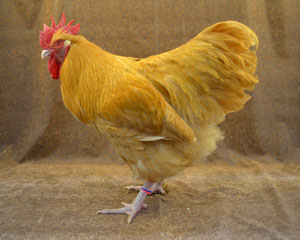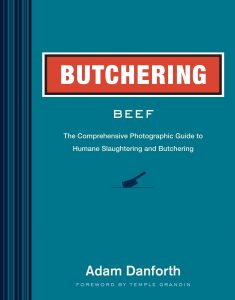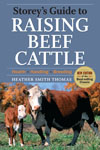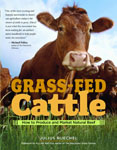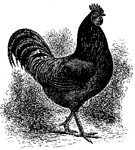
Breed Facts
Status:
Graduated 2016
Use:
Eggs, Meat
Egg Color:
Brown
Egg Size:
Large to Extra Large
Market Weight:
7 – 8.5 lbs
Temperament:
Calm, friendly disposition
Characteristics:
Excellent rate of growth in some lines
ORPINGTON CHICKENS
During the late 1800s, public interest in strange and wonderful new chicken breeds from around the world began to die down. In the aftermath of this phenomenon, known as “Hen Fever,” a love of poultry remained. One now tempered by a desire for practicality.
Orpington Chicken
Dual-purpose American chicken breeds were just reaching England where they were respected for their practical qualities, but disparaged for their yellow skin (the British preferring white skin). William Cook was a humble coachman living in the Kentish town of Orpington, England, who had an idea. He began crossing Minorca roosters with Black Plymouth Rock hens, and then the offspring to clean-legged Langshan chickens. His goal was to develop a hardy, fast-growing chicken that laid well and yet had the table qualities the British market sought. In 1886 he introduced his creation to the public and was a success. Within 10 years, Orpington chickens were well established in England and began to be exported to other countries.
Cook enjoyed a rare commodity – success; and his fortunes grew. But it’s not his entrepreneurial spirit that’s should be celebrated, but his skills as a breeder. He focused his breeding efforts on developing the body and productive traits of his poultry. In the process, many birds came as they might in color pattern. Thus, Cook had the idea to create many varieties of his Orpington chickens. He first introduced the Black Orpington, and then White, Buff, Jubilee [Speckled], and Spangled [Mottled]. His son-in-law, A.C. Gilbert, created the Blue and Cuckoo Orpingtons.
Orpington chickens reached America by 1891. In 1903, Cook himself brought over a large importation and showed them in America. Farmers of the mid-western states favored the Buff Orpington chicken for its generally superior table qualities, and its unique color – different than most general-purpose breeds. Orpingtons continued to boom until the poultry industry experienced a depression about 1912.
The qualities that won all the Orpington chicken varieties recognition were fast rate of growth, excellent egg production, and excellent table qualities. Historically, Orpington chickens made excellent broilers weighing 2 to 2.5 pounds at 8 to 10 weeks of age, excellent roasting chickens at 5 months of age, and excellent old fowl for the table as well. Males typically weigh 10 pounds and females 8 pounds. They’re first-rate layers of large light to dark brown eggs. Which made them great contenders at the first egg-laying contest, held at the North Yorkshire farm of Simon Hunter of Northallerton, England, in 1887.
Orpington chickens were recognized by the American Poultry Association as a standardbred in four varieties: Buff, 1902; Black, 1905; White, 1905; and Blue, 1923.
The Orpington graduated from The Livestock Conservancy’s priority list in 2016 and is no longer considered endangered.
Did you know:
The Livestock Conservancy is America’s leading organization working to save over 150 heritage breeds from extinction. We rely on the support of our members, grants, and donations from the public to raise the $700,000 a year needed to maintain our conservation work with rare breeds of farm animals. Click here to learn how you can help.
You may be interested in…

Breed Facts
Status:
Graduated 2016
Use:
Eggs, Meat
Egg Color:
Brown
Egg Size:
Large to Extra Large
Market Weight:
7 – 8.5 lbs
Temperament:
Calm, friendly disposition
Characteristics:
Excellent rate of growth in some lines
You may be interested in…

